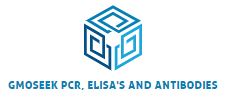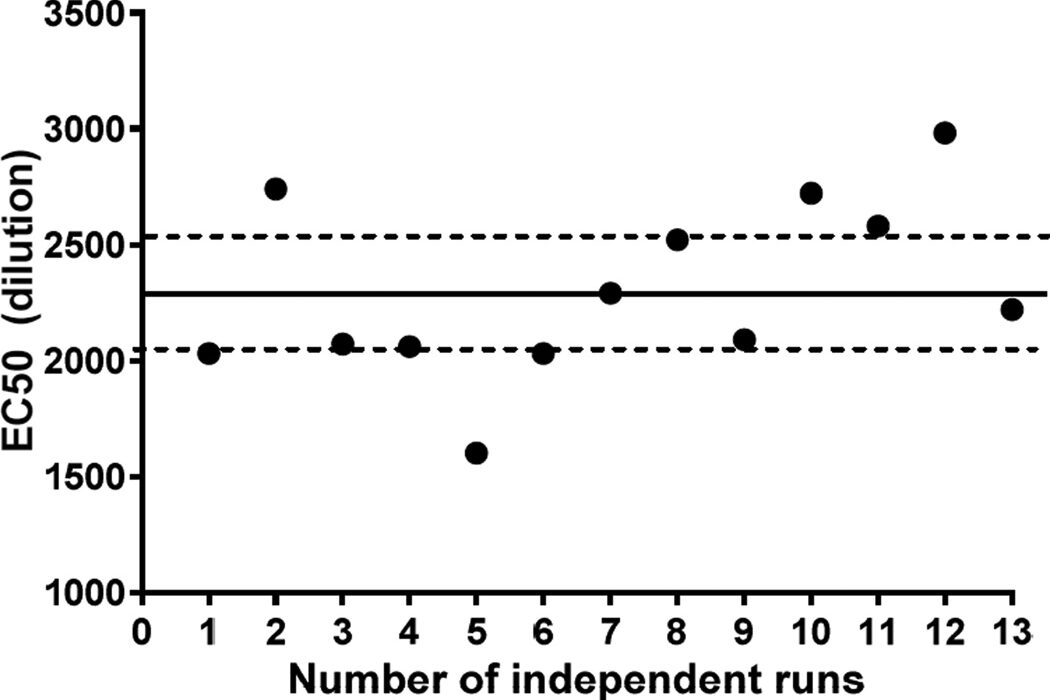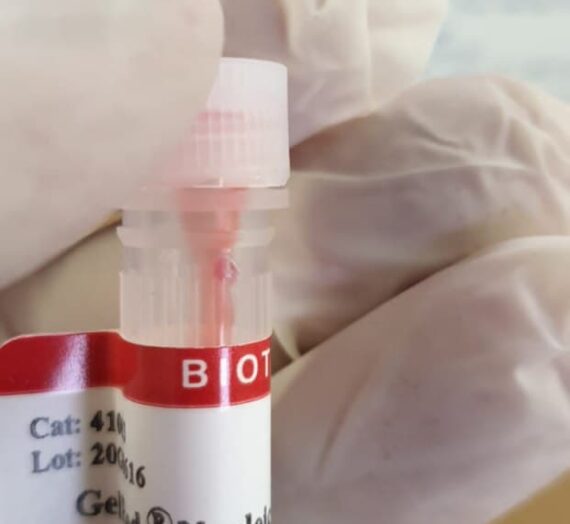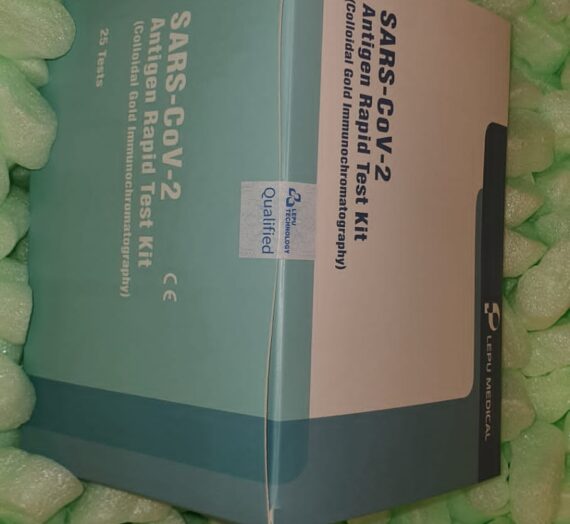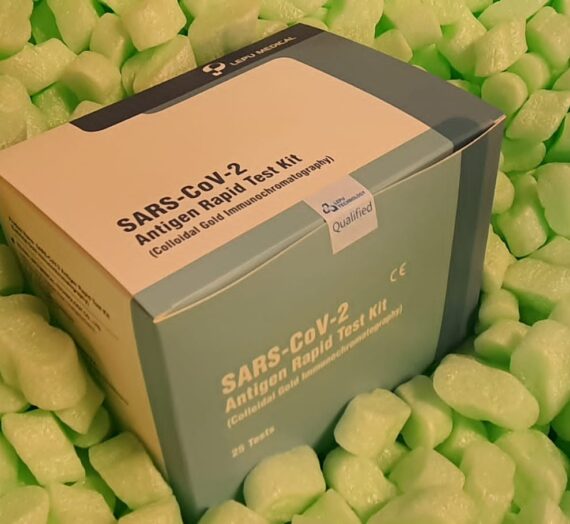The West Africa Ebola virus illness (EVD) outbreak has reached unprecedented magnitude and induced worldwide issues for the unfold of this lethal virus. Recent findings in nonhuman primates (NHPs) display that antibodies may be protecting in opposition to EVD.
However, the position of antibody response in vaccine-mediated safety is just not absolutely understood. To deal with these questions quantitative serology assays are wanted for measurement of the antibody response to key Ebola virus (EBOV) proteins.
Serology enzyme-linked immunosorbent assays (ELISA’s), utilizing a reference detection antibody, have been developed in order to standardize the quantitation of antibody ranges in vaccinated NHPs or in people uncovered to EBOV or immunized with an EBOV vaccine. Critical reagents have been generated to assist the event of the serology ELISAs.
Recombinant EBOV matrix protein (VP40) was expressed in Escherichia coli and purified. Two variants of the glycoprotein (GP), the ectodomain missing the transmembrane area (GPΔTM), and an engineered GP missing the mucin-like area (GPΔmuc) have been expressed and purified from mammalian cell programs.
Using these proteins, three ELISA strategies have been developed and optimized for reproducibility and robustness, together with stability testing of vital reagents.
The assay was used to decide the antibody response in opposition to VP40, GPΔTM, and GPΔmuc in a NHP vaccine examine utilizing EBOV virus-like particles (VLP) vaccine expressing GP, VP40 and the nucleoprotein. Additionally, these ELISAs have been used to efficiently detect antibody responses to VP40, GPΔTM and GPΔmuc in human sera from EBOV contaminated people.
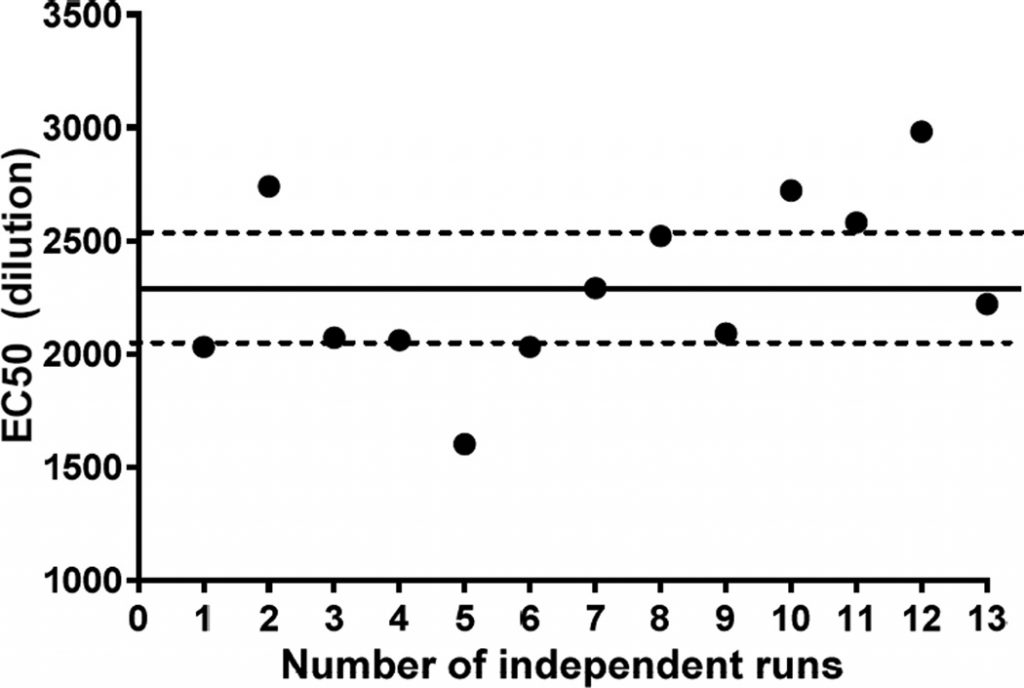
Decidualisation of human endometrial stromal cells is related to elevated expression and secretion of prorenin.
BACKGROUNDIn being pregnant, the decidualised endometrium expresses excessive ranges of prorenin and different genes of the renin-angiotensin system (RAS) pathway.
In this examine we aimed to decided if the RAS was current in endometrial stromal cells and if decidualisation upregulated the expression of prorenin, the prorenin receptor ((P)RR) and related RAS pathways. Immortalised human endometrial stromal cells (HESCs) may be stimulated to decidualise by mixed therapy with medroxyprogesterone acetate (MPA), 17β-estradiol (E2) and cAMP (MPA-mix) or with 5-aza-2′-deoxycytidine (AZA), a world demethylating agent.METHODSHESCs have been incubated for 10 days with one of the next remedies: car, MPA-mix, a mix of medroxyprogesterone acetate (MPA) and estradiol-17β alone, or AZA. Messenger RNA abundance and protein ranges of prorenin (REN), the (P)RR (ATP6AP2), angiotensinogen (AGT), angiotensin changing enzyme (ACE), angiotensin II kind 1 receptor (AGTR1), vascular endothelial progress issue (VEGF), and plasminogen activator inhibitor-1 (PAI-1) have been measured by real-time PCR and ELISA’s, respectively.
Promyelocytic zinc finger (PLZF) and phospho-inositol-Three kinase (PIK3R1) mRNA abundances have been additionally measured.RESULTSHESCs expressed the prorenin receptor (ATP6AP2), REN, AGT, ACE and low ranges of AGTR1. MPA-mix and AZA stimulated expression of REN. Prorenin protein secretion was elevated in MPA-mix handled HESCs. E2 + MPA had no impact on any RAS genes. MPA-mix therapy was related to elevated VEGF (VEGFA) and PAI-1 (SERPINE1) mRNA and VEGF protein.
CONCLUSIONSAn endometrial prorenin receptor/renin angiotensin system is activated by decidualisation. Since (P)RR is plentiful, the rise in prorenin secretion might have stimulated VEGF A and SERPINE1 expression through Ang II, as each ACE and AGTR1 are current, or by Ang II unbiased pathways. Activation of the RAS in human endometrium with decidualisation, by means of stimulation of VEGF expression and secretion, could possibly be vital in establishing an sufficient blood provide to the growing maternal placental vascular mattress.
